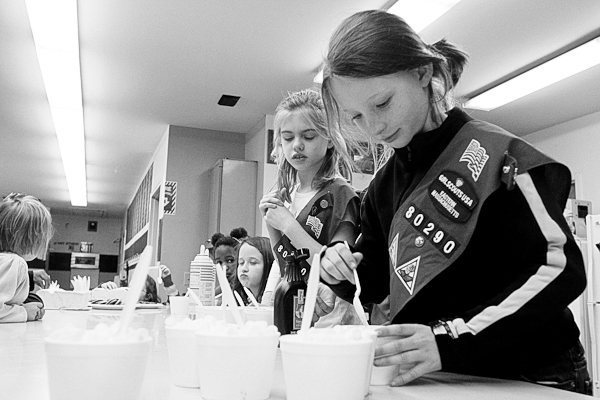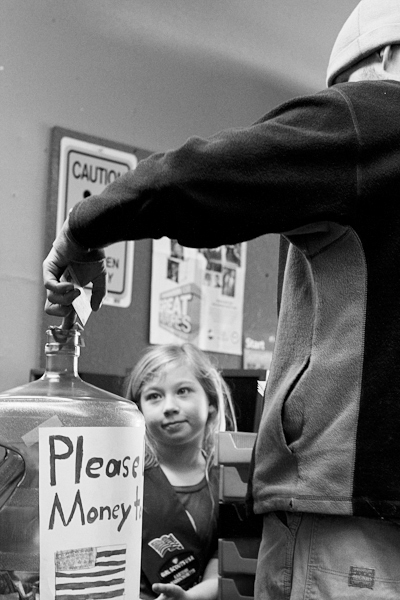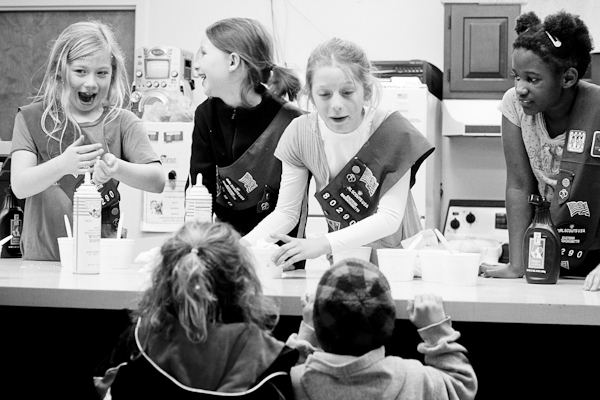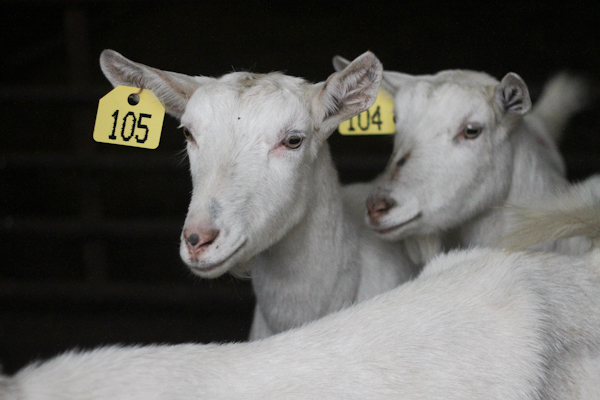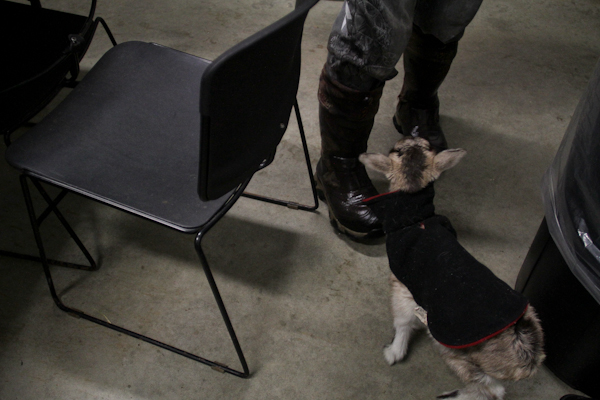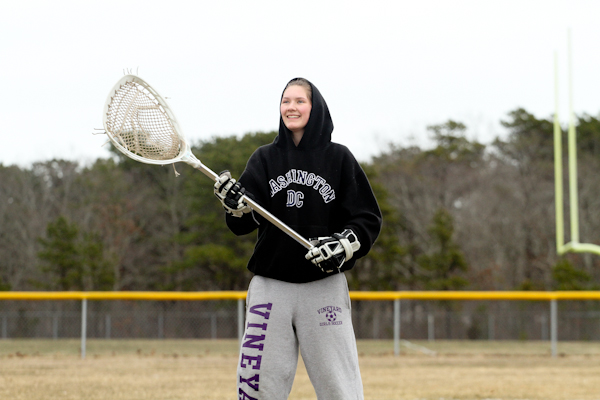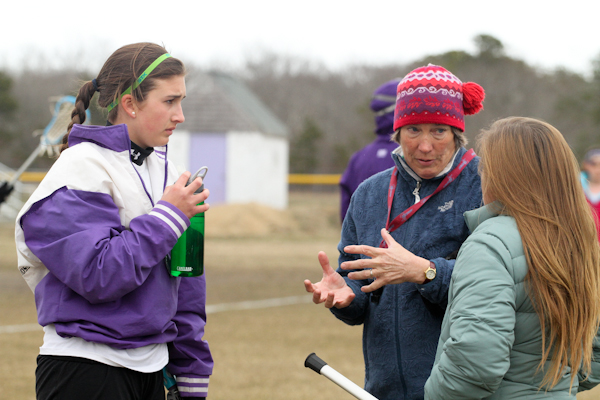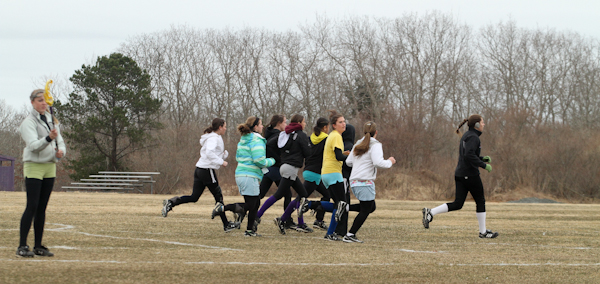Last summer, I photographed a story about the Mobile Poultry Processing Unit. When farmers here are ready to slaughter their chickens (or turkeys, or ducks), the unit comes to their farm and processes the birds. It’s about as local as you can get.
But for other livestock, that option doesn’t exist. There are no facilities, mobile or otherwise, on Martha’s Vineyard, to process the larger animals, so farmers have to take their goats, pigs, sheep and cows to the mainland.
Today I rode along with Julie of the FARM Institute and Remy (reporter and fellow Gazetteer) as Julie brought eight pigs to Adams Farm in Athol, Mass., for slaughter. Athol is a three-hour drive from Woods Hole, where the ferries dock. The ferry ride itself is 45 minutes each way. All told, we spent about eight hours in transit, plus an hour of waiting at the ferry dock on the way back, plus a stop in Taunton, Mass., to pick up grain (Julie, understandably, likes to make the most of these sojourns). It was a very long day.
I loved every minute of it. It wasn’t nearly as graphic as chicken day had been (nor was the smell as awful, fortunately). I wasn’t allowed to take photos on the kill floor (where the skinning, etc., happens—although we did get to look in there, and I didn’t think it was as bad as they were making it out to be), but I had access to every other part of the facility, which was fantastic. I loved that Adams Farm opened its doors to us (especially to a photographer), and were completely transparent about their processes and practices; I’m pretty sure that doesn’t happen at the large factory-type plants. I loved that you could buy meat in their store that was processed in the next room over (and I don’t even eat meat). I loved that one of the guys was keeping his three-week-old goat in the locker room because she had pneumonia and couldn’t be with the other animals.
I also loved that it was overcast and rainy, because a natural softbox is always awesome.
There were a couple of stories in the take from the day. The first, which is in this post, is the actual Vineyard story. The second is a more general “here’s what happens at a slaughterhouse” story.
 FARM Institute farm manager Julie Olson sits on the Island Home as it leaves Martha’s Vineyard for Woods Hole at 7:00 a.m.
FARM Institute farm manager Julie Olson sits on the Island Home as it leaves Martha’s Vineyard for Woods Hole at 7:00 a.m.
 Pigs from the FARM Institute wait in the trailer while Julie fuels up at a rest stop on Route 190 in Massachusetts. It takes three hours to reach Adams Farm in Athol, Mass., from the ferry docks in Woods Hole.
Pigs from the FARM Institute wait in the trailer while Julie fuels up at a rest stop on Route 190 in Massachusetts. It takes three hours to reach Adams Farm in Athol, Mass., from the ferry docks in Woods Hole.
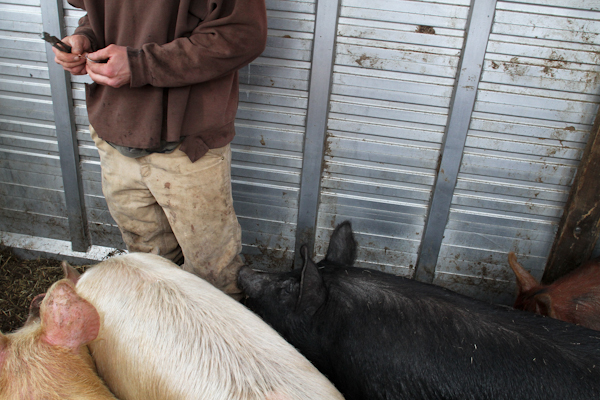 The pigs receive ear tags before they are herded into the barn, where they will “enter the chute” later in the day. Ear tagging is a USDA requirement, as it enables butchers (and later, consumers) to tell where their meat came from.
The pigs receive ear tags before they are herded into the barn, where they will “enter the chute” later in the day. Ear tagging is a USDA requirement, as it enables butchers (and later, consumers) to tell where their meat came from.
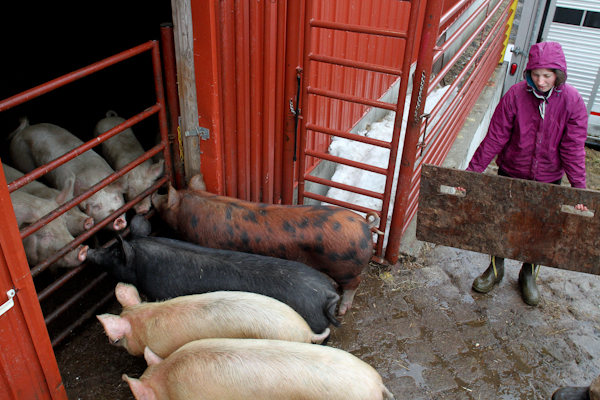 Julie uses a board to herd the pigs into the barn, where they will wait with animals from other farms until it is time to “enter the chute.” As a rule, she isn’t attached to the animals she brings to the slaughterhouse. “It’s our livelihood,” she says. [I got to climb up a fence to take this photo! It was awesome.]
Julie uses a board to herd the pigs into the barn, where they will wait with animals from other farms until it is time to “enter the chute.” As a rule, she isn’t attached to the animals she brings to the slaughterhouse. “It’s our livelihood,” she says. [I got to climb up a fence to take this photo! It was awesome.]
 Julie moves a box of lamb meat from the Adams Farm freezer to her trailer. The lamb meat is for the Allen Farm, also a Martha’s Vineyard business. Because Julie was already making the trip to Athol, she offered to pick up the 33 boxes of lamb for the Allen Farm. She picked up only eleven bags of meat for the FARM Institute.
Julie moves a box of lamb meat from the Adams Farm freezer to her trailer. The lamb meat is for the Allen Farm, also a Martha’s Vineyard business. Because Julie was already making the trip to Athol, she offered to pick up the 33 boxes of lamb for the Allen Farm. She picked up only eleven bags of meat for the FARM Institute.
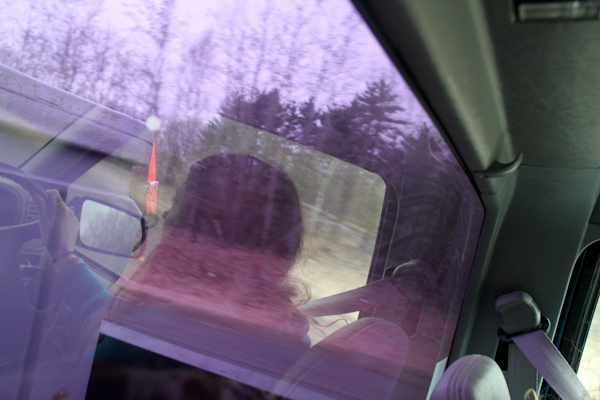 Julie is reflected in the back mirror of her pick-up truck, which can haul 3500 pounds. The load of eight pigs was relatively small compared to that of the previous trip to Adams Farm, during which she brought five cows to Athol.
Julie is reflected in the back mirror of her pick-up truck, which can haul 3500 pounds. The load of eight pigs was relatively small compared to that of the previous trip to Adams Farm, during which she brought five cows to Athol.
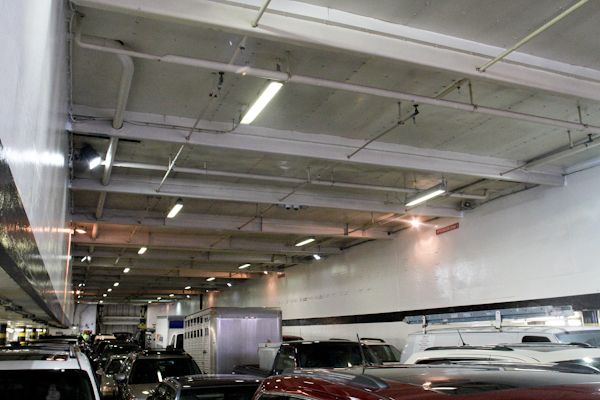 The FARM Institute trailer sits among passenger cars in the hold of the Islander on the trip back to Martha’s Vineyard. Julie’s entire trip, which included a stop in Taunton, Mass., to pick up grain, took over ten hours, only one of which was actually spent at the slaughterhouse.
The FARM Institute trailer sits among passenger cars in the hold of the Islander on the trip back to Martha’s Vineyard. Julie’s entire trip, which included a stop in Taunton, Mass., to pick up grain, took over ten hours, only one of which was actually spent at the slaughterhouse.
